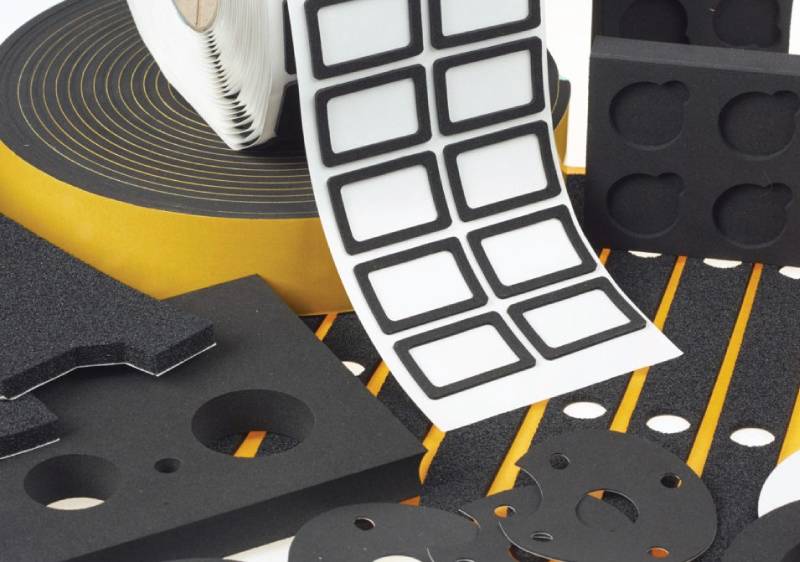Foam Rubber vs Sponge Rubber: Know the Difference

Foam Rubber vs Sponge Rubber: Know the Difference
Foam rubber and sponge rubber are two materials that are often confused for one another. However, there are some key differences between the two.
- Ingredients: Foam rubber is made from a mixture of rubber, carbon black, and other chemicals. Sponge rubber is made from a mixture of rubber and air.
- Manufacturing process: Foam rubber is made by injecting a foaming agent into a mold. The foaming agent creates bubbles in the rubber, which gives foam rubber its characteristic airy texture. Sponge rubber is made by pouring liquid rubber into a mold and then allowing it to cure. The air bubbles in sponge rubber are created naturally as the rubber cures.
- Density: Foam rubber is typically denser than sponge rubber. This is because foam rubber contains more rubber and less air.
- Properties: Foam rubber is more durable than sponge rubber. It is also better at resisting water and other liquids. Sponge rubber is more flexible than foam rubber and is better at absorbing shock.
- Applications: Foam rubber is used in a wide variety of applications, including mattresses, furniture, and insulation. Sponge rubber is used in applications where flexibility and shock absorption are important, such as in car seats and sports equipment.
Which is right for you?
The best material for you will depend on your specific needs. If you need a material that is durable, water-resistant, and easy to clean, then foam rubber is a good choice. If you need a material that is flexible and shock-absorbent, then sponge rubber is a good choice.
Here is a table that summarizes the key differences between foam rubber and sponge rubber:
| Feature | Foam Rubber | Sponge Rubber |
|---|---|---|
| Ingredients | Rubber, carbon black, and other chemicals | Rubber and air |
| Manufacturing process | Injecting a foaming agent into a mold | Pouring liquid rubber into a mold and then allowing it to cure |
| Density | Typically denser | Typically less dense |
| Properties | More durable, better at resisting water and other liquids | More flexible, better at absorbing shock |
| Applications | Mattresses, furniture, insulation | Car seats, sports equipment |



